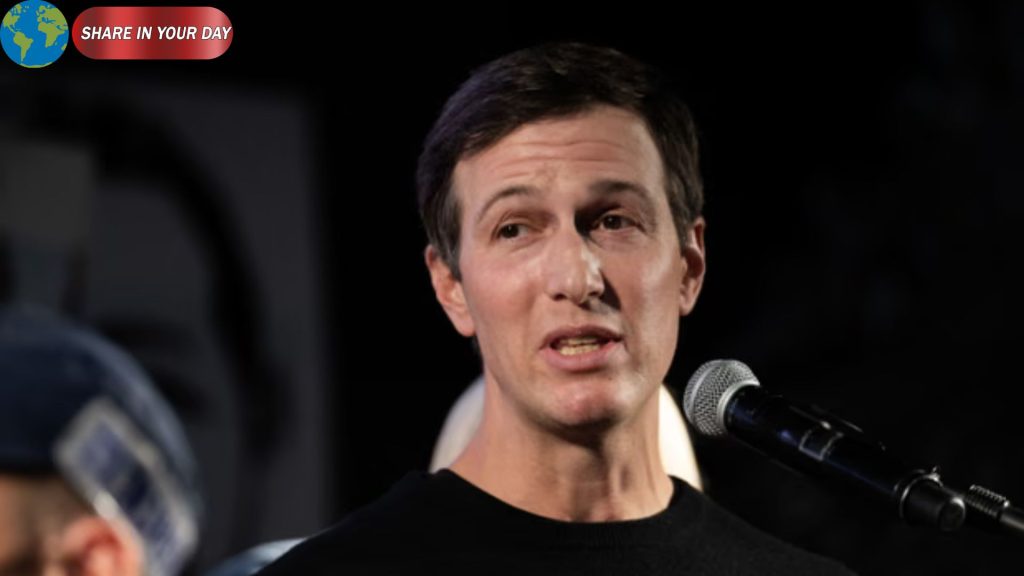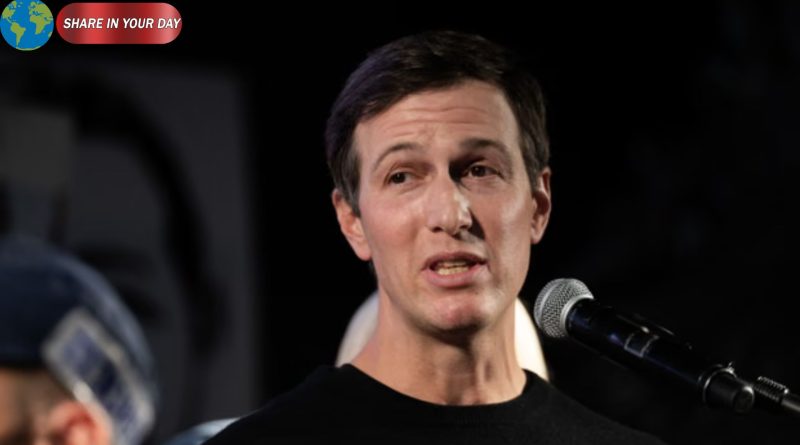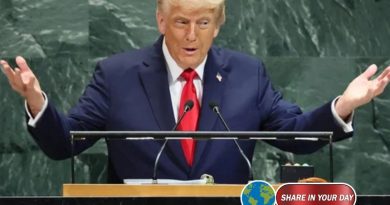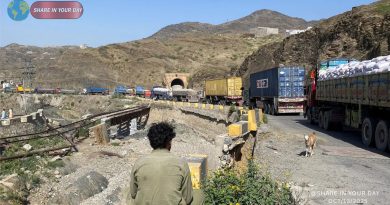While seemingly stepping in as a neutral mediator for a cease-fire in Gaza, Jared Kushner occupies a position many critics say is anything but neutral. He is not a formal government official, yet he emerged last week as the principal figure in the deal that ended the recent conflict between Gaza and Israel — all while simultaneously managing large investment interests in the region. The Guardian
What’s raising alarm is the dual role: on one hand, Kushner was representing the Donald Trump administration in diplomatic efforts; on the other hand, his private investment firm, Affinity Partners, is backed by major sovereign-wealth funds in Saudi Arabia, the UAE and Qatar.
It’s that overlap — the possibility that Kushner might not just help negotiate peace, but might also stand to benefit financially from the post-conflict economic landscape — that many observers call a profound conflict of interest.
How Kushner came into the mix
Kushner, previously a key figure during Trump’s first term, stepped back from official roles after the 2020 election and the January 6 events.But more recently, he re-emerged on the Middle East stage. He and his business partner, Steve Witkoff, were given what officials describe as “virtually unlimited authority” by Trump to bring about a deal in Gaza.
From behind-the-scenes meetings with Arab leaders pre-UN General Assembly, to direct interactions with Hamas, Netanyahu and others, Kushner operated as the informal point-person — all of this while continuing to run his investment interests.
The investment angle and the conflict concern
Kushner has billions under management via Affinity Partners, backed by major players in the Gulf region. Meanwhile his vision for Gaza — first aired publicly at an event at Harvard University in 2024 — involves a dramatic redevelopment of Gaza’s coastline that critics say could amount to forcing out Palestinians before building high-value real estate.
“Of course there’s an enormous conflict of interest here.” The Guardian
And part of the concern is this: because many Gulf states stand to benefit from reconstruction contracts, investment in real estate and post-war economic arrangements, Kushner’s very presence in the deal might create incentives to keep the war from escalating — but also to influence outcomes in ways favorable to private investors. The Guardian
Why this matters
- Diplomatic legitimacy: When someone with private financial interests negotiates a peace deal, it raises questions about whose interests are being served — the public good or the private gain.
- Post-conflict governance: The deal includes a 20-point plan for Gaza’s future governance and redevelopment. If developers or investors have undue influence, the outcomes for Gaza’s residents might skew toward the wealthy and foreign-funded rather than local communities. The Guardian
- Precedent for future diplomacy: If private investors become de facto diplomats, the line between state policy and private profit becomes blurred — with implications beyond Gaza.
- Transparency and accountability: The administration denies any conflict, asserting Kushner is offering “his energy and time” to secure world peace. The Guardian But without a formal role, oversight becomes murky.
Outlook: What to watch
- Will there be formal disclosure of Kushner’s financial interests related to Gulf-region investment and Gaza reconstruction?
- How will the 20-point Gaza blueprint be implemented, and who will control the contracts and reconstruction funds?
- Will local Palestinians have meaningful input in reconstruction and governance, or will the redevelopment favour external investors?
- How will Congress, watchdogs and the media respond if investment firms tied to Gulf funds win major Gaza contracts following Kushner’s involvement?
Kushner’s role is unusual: neither traditional diplomat nor purely investor, he’s a junction point between business and foreign policy. That intersection is exactly what many say makes this cease-fire deal notable — not just for ending conflict, but for how the lines between profit and peace-making may be drawn in the years ahead.





